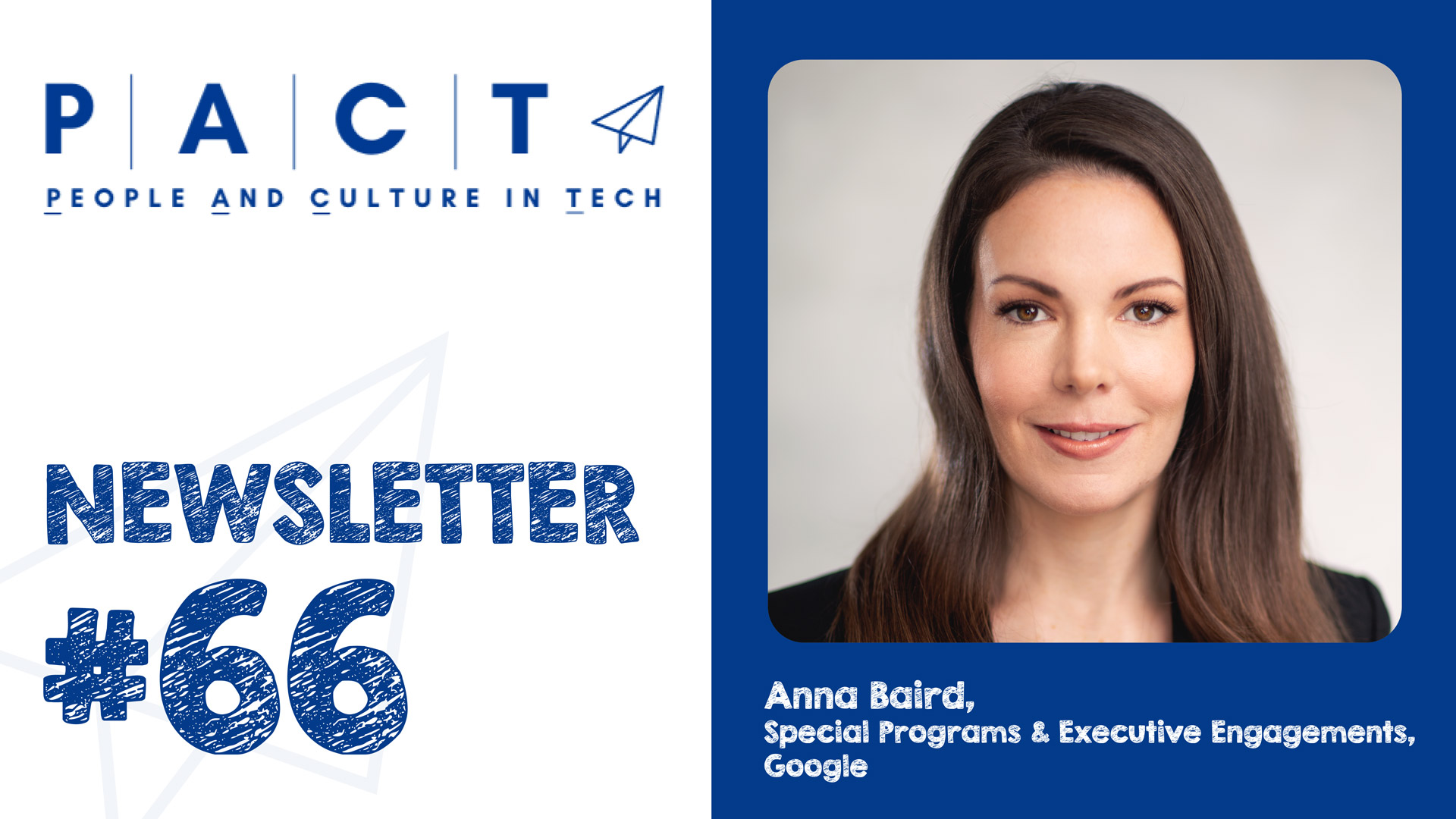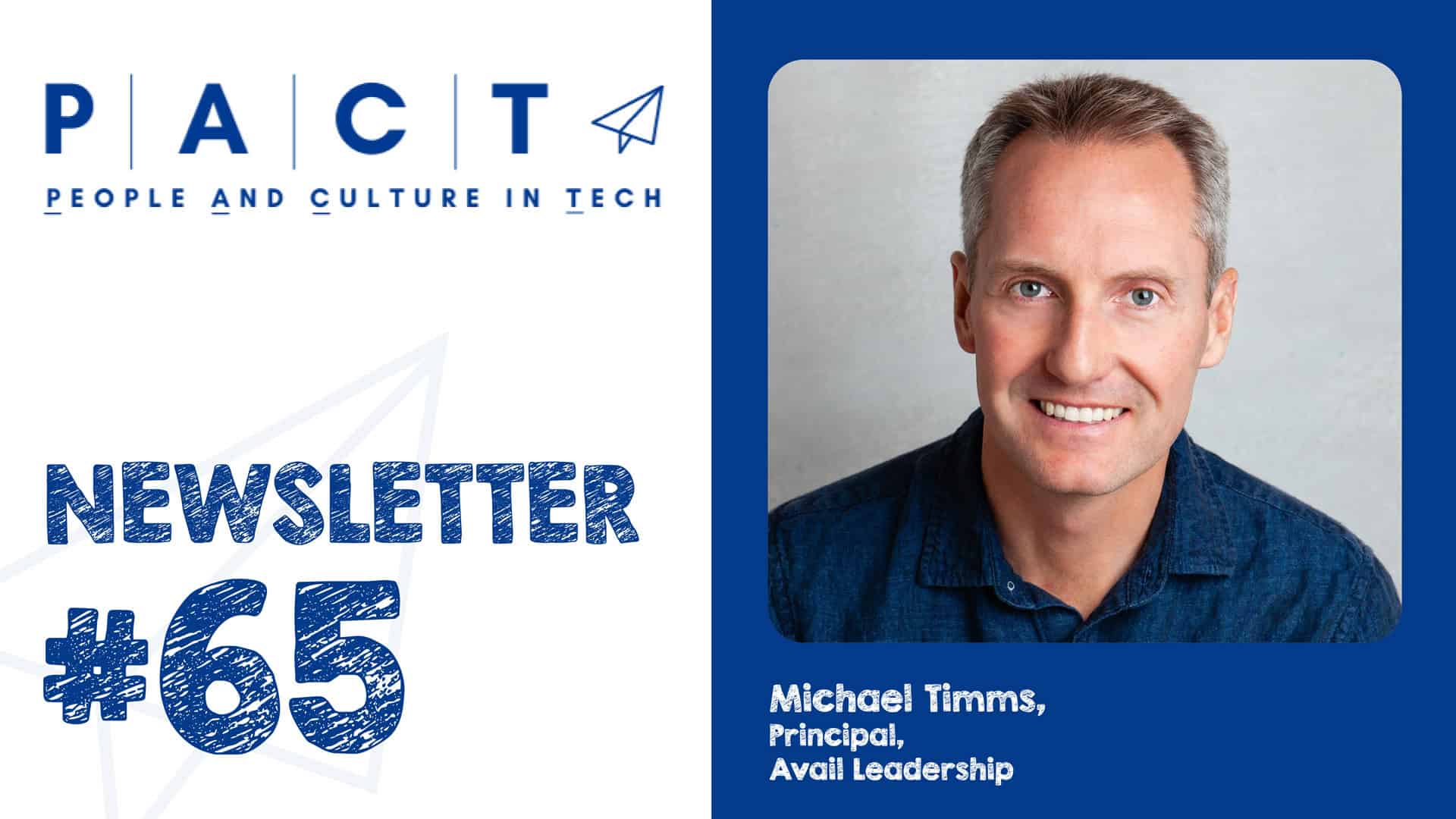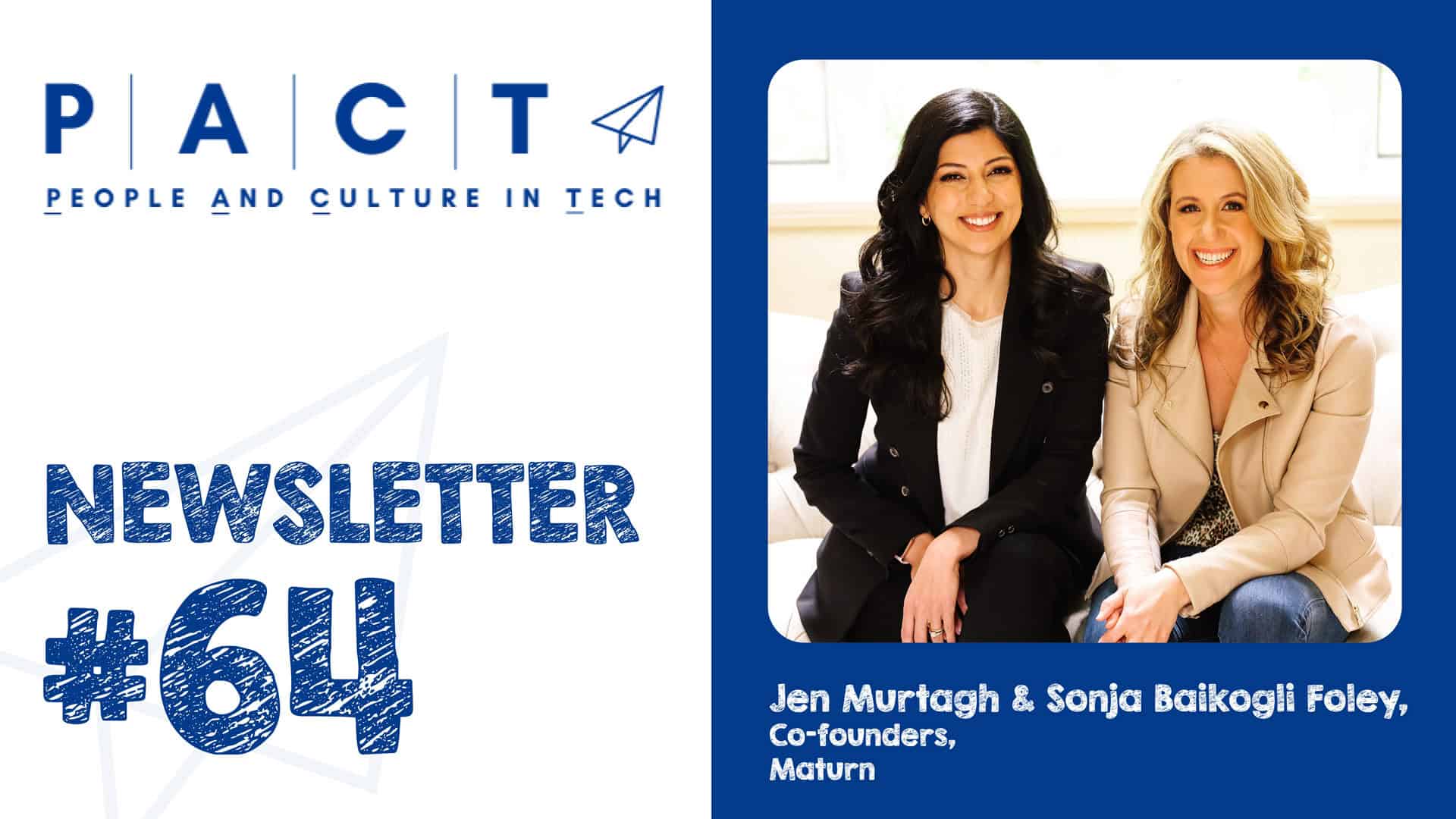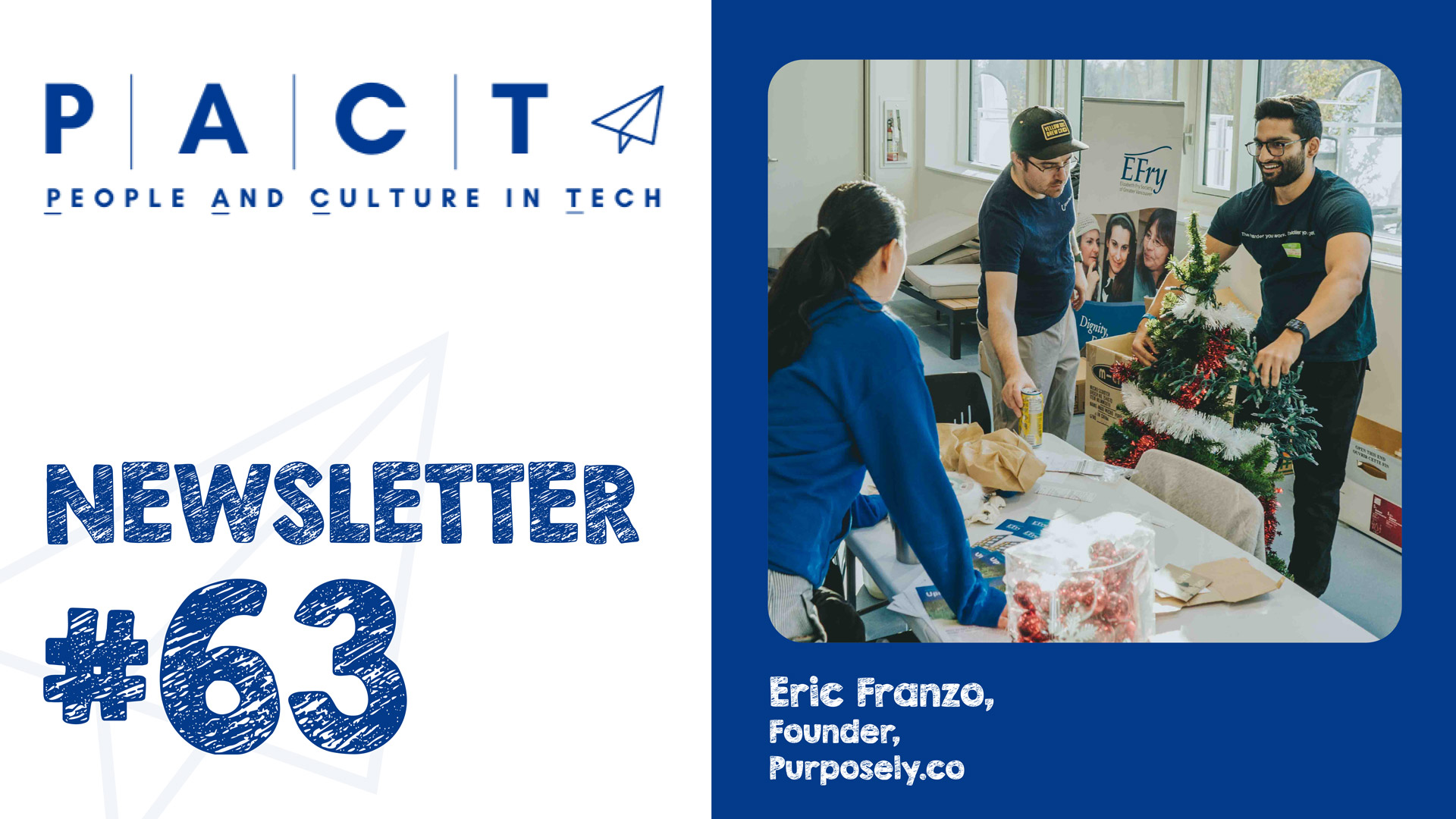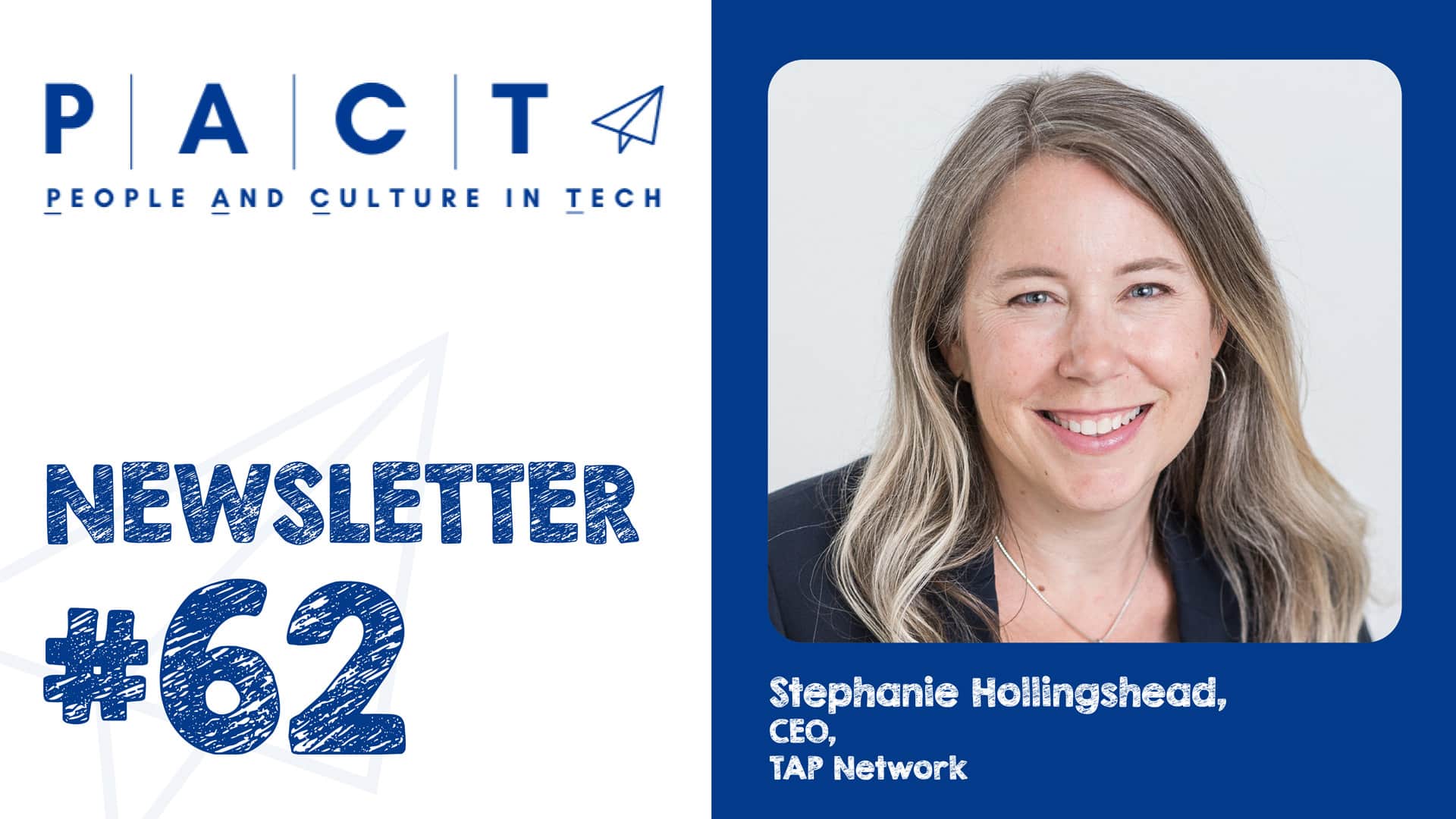Camille Dundas Takes Canadian Leaders ‘Beyond the Underground Railroad’
Jason McRobbie
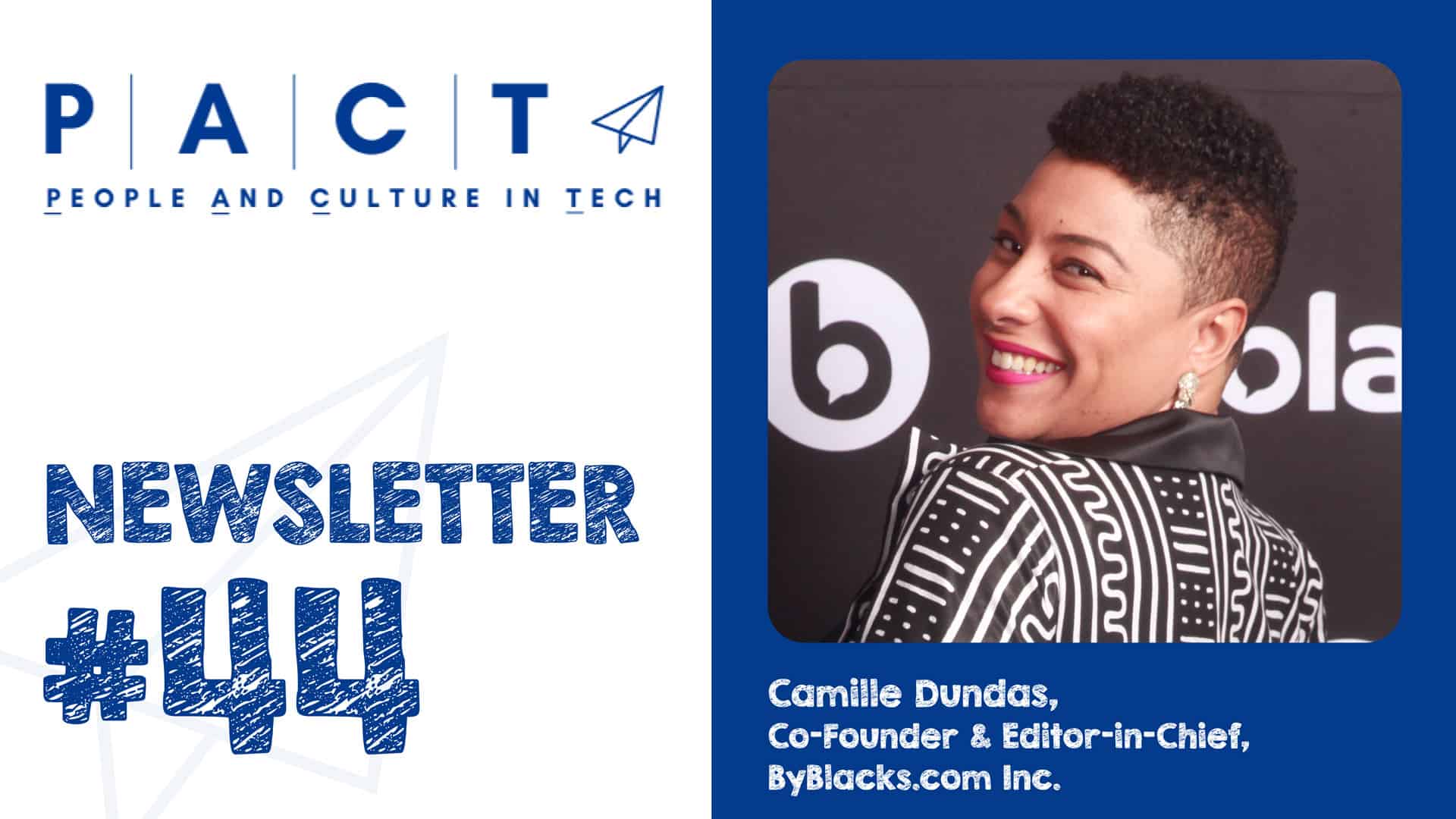
Building better futures is only possible when we know our history, acknowledge its horrors and pledge to not only look within, but spread that learning throughout our communities. Unfortunately, while Canadians have learned that our history carries its own racist horrors, our curriculum has traditionally focused on the slavery and racism south of the border—devoid of the experience and accomplishments of non-white Canadians. We sit down with Camille Dundas, co-founder of ByBlacks.com and the driving force behind The IDEA Practice to talk about the importance of advancing the Black Canadian narrative beyond the Underground Railroad and into the realities of the modern workplace.
Key Takeaways:
- People leaders need to acknowledge that the present day, non-white workplace experience is still hindered by historical ignorance;
- Linking Canada’s historical roots of racism to present day inequalities provides a greater context for empathy and, more importantly, action;
- The IDEA Practice now offers Canada’s first online micro-learning credential, which connects these dots and calls for corporate and individual accountability and action.
“I think that as Canadians we really enjoy having a moral high ground over the US, so we’ve indulged in this narrative that we are better than them,” said Camille Dundas, principal educator with The IDEA Practice. “The narrative being that racism, slavery, all these horrible things: it only happened over there and we were the good guys. We had the Underground Railroad and we saved Black people from all of the ills of the world.”
Between co-founding Canada’s #1 Black online magazine, ByBlacks.com, in 2013 and more recently launching The IDEA Practice and Canada’s first online, micro-learning course in Inclusive Communications via Dalhousie University, Camille has opened countless minds to the actual experiences of Black Canadians—as well as earning three national ethnic media awards and recognition from Prime Minister Trudeau.
“It’s not to say that the Underground Railroad isn’t true. It’s absolutely a part of our history, but it is exactly that—a part of it. What’s concerning is what seems to be a very intentional erasure of the other parts of our history that are not so warm and fuzzy to look at.”
Those erasures include being stripped of their names and dehumanizing claims—which linger even on medical campuses to this day. Camille cited a 2016 study which showed that half of medical students surveyed, believed that there are biological differences between Black and white people, specifically that Black people do not feel pain the same way white people feel pain.
“When Black people were enslaved, one of the narratives that was created to justify slavery was that Black people were somehow more genetically suited to withstand pain. “People don’t realize that these kinds of beliefs are passed on through generations,” says Camille.
Unfortunately, this sinister narrative root persists as Black women are more than three times as likely to die in childbirth today because their pain is not taken seriously. Along similar lines, but with biting irony, the Canadian opioid crisis has taken far fewer Black lives than white.
“This will resonate in Vancouver. The opioid crisis is known as the one time that racism saved Black people. Due to bias and racism, Black people are less likely to be prescribed pain medicine by a doctor. They are assumed to be ‘on drugs’ or ‘wanting drugs’ as opposed to actually needing pain medication. And if you look at the faces of the opioid crisis, they are mainly young white people, not Black people,” said Camille. “Then look at how much sympathetic attention the opioid crisis has received as opposed to the war on drugs that vilified the Black community. Officials very quickly determined it was a ‘crisis’ that needed resources. There is a marked difference in empathy levels, depending on who is suffering.”
These are the kinds of facts that stun—and connecting them to corporate present to change the future workplace and world we live in now is what The IDEA Practice is all about.
“The IDEA Practice brings together seven other facilitators who help me deliver Canada’s first micro-credentialed online course on the foundations of diversity, equity and inclusion in the workplace,” said Camille. “We offer that through Dalhousie University, which is also symbolic, because Dalhousie was one of the first universities in Canada to apologize for its role in discrimination against Black people in Canada.”
What distinguishes The IDEA Practice and its innovative offering is both the addition of anti-racism and allyship to the inclusion, equity and diversity equation, but it’s readily-accessible, micro-learning format.
“The course is actually only four hours of content because this is micro-learning, but it is eight hours total because it is paired with four hours of live Q&A with either myself or one of our other facilitators,” explained Camille.
What augments its impact is the Canadian content—including our own history of slavery, as well as the origins of the inequalities that still exist today.
“The course itself has eight components and two of them are very focused on history—both Black and Indigenous. That is important because a lot of the online courses you see on EDI are all American-based and we need to ground ourselves in our unique Canadian perspective,” said Camille, “So all the history in the course is steeped in specific Canadian examples and every time we get to that part in the course, people’s jaws are always on the table and they ask, ‘How is it I am however many years old and only learning this now?’”
One example that goes to the heart of the disparity is that Black people could not own homes and property at one point in Canada, Camille noted.
“If you think about the creation of wealth— land ownership is one of the keys to creating intergenerational wealth. This was written into our legal books that a white person could actually be penalized if they sold a piece of property to a Black person,” said Camille.
Case in far too modern point, Camille noted out that it was only a few years back that a Vancouver city councillor found just such a racist clause dating back to 1928, but still included in 1965—and lingering today: "That the Grantee or his heirs, administrators, executor, successors or assigns will not sell to, agree to sell to, rent to, lease to, or permit or allow to occupy, the said lands and premises, or any part thereof, any person of the Chinese, Japanese or other Asiatic race or to any Indian or Negro.”
“For the record and make no mistake, Canada was an equal opportunity racist when it came to these things because Black people, Jewish people, Asian people, all ethnic groups were discriminated against in Canada,” said Camille, who has helped bring that history—along with its present day reality—into the light through manifold means including presentations such as her upcoming keynote at Tech Talent North addressing micro-aggressions in the workplace.
Unfortunately, Camille pointed out, the past is still very much present as racist real estate practices are still a reality for Black Canadians.
“There is an entire Facebook group called ‘rentingwhileblack’ and the reason this group has so many members is because so many Black people have experienced THIS: they call to rent a place, they show up and then, suddenly, it is filled or not on market, but they check and it IS still on the market,” said Camille. “Sometimes, it is more overt. A friend of mine who showed up to look at a rental straight from work in his suit was asked, ‘Are you on welfare? How are you going to pay for this?’”
Another friend who is a realtor has run into scenarios where white home owners still refuse to even sell to a Black person.
“So that Facebook group is where Black home owners will post listings and Black people will apply. This is a hack that Black people have come up with to connect with Black landlords and owners because so many people have problems,” said Camille. “These are the old stereotypes that have just stayed with us over the years. Yes, slavery was banished, but people’s minds didn’t change overnight. People always say, ‘But that’s illegal now. You can’t do that.’ That doesn’t mean it’s not happening.”
With The IDEA Practice’s targeted take on micro-learning, Camille is seeking nothing short of bold action at the heart of corporate Canada.
“When the course gets into the workplace, we take a look at how all of that history we just learned actually manifests today. Clearly, we’re not in shackles, but there are different things happening and we give examples of what that looks like,” said Camille. “That takes us deeper into hiring and recruiting and how racial inequity and discrimination shows up in every aspect of our workplace. Then we look at allyship and solidarity and examine ‘What can we do about it? What is our action plan?’”
It is that call to action that Camille brings to every platform.
“We need to start looking at our own houses. Leaders can’t go out there and say ‘Black lives matter’ if the Black people who work with them don’t feel they’ve been treated like they matter,” said Camille. “Regardless of role, all of us have to start by looking within.”
As with Canada’s own historical past, Camille encourages nothing less than organizational authenticity.
“If you are a leader, BEFORE you go on social media and post that boilerplate statement supporting #blacklivesmatter—or whatever it is—look into your own organization and look at your own numbers of representation and whether people who work there feel that they can speak up when they feel that have been wronged,” Camille said. “Ask yourself, ‘Do people who work here feel supported? Do we have any pay equity issues by race? Can they show up here and actually be themselves or do they feel burdened by what they see in the news because they have to explain it to everyone else?”
That last point is critical to getting equity right in the workplace and a primary focus for the Inclusive Communications micro-learning credentials from Dalhousie.
“People forget, not all Black people are experts on this. We don’t all know what to say or how to address the issues all the time, so I wanted to be able to give everyone language to bring people along when they run into those issues,” said Camille.
With close to 1,000 people of every hue through the virtual queue, the testimonials have been affirming—expanding white consciousness, while providing the BIPOC community with the language to bridge the remaining gaps in the workplace.
“What always strikes me is when I see testimonials from Black or other racialized people because I have always been sensitive to their experience of sitting through ‘another’ IDE program,” said Camille, who smiles when she reads: ‘As a Black man, I did not want to sit through another EDI training, but this has given me language for the things I am experiencing.’”
Connecting our historical understanding of the Black Canadian experience, while providing racialized Canadians with the language to build more equitable future foundations for business, Camille seeks neither accolades nor compassion, but further action.
“Compassion is not my end goal in this world because I feel that all humans should act with compassion no matter what. I really want people to examine themselves and take that back to their organizations,” said Camille. “Addressing social injustices is all about having an authentic response and the only way to do that is to educate yourself on the issues.”
“You have to be able to connect the dots between something that happened in the news like George Floyd to the experience of Black people in your workplace,” said Camille. “You might say, ‘Well no one is being killed in here.’ But, the cold and calculating dehumanization of a Black person is really what led to George Floyd’s murder. Are you willing to examine what ways Black people are being dehumanized in your workplace?”
As for those who are still unconvinced as to the value of having diversity in the workplace, Camille offers a metaphor captured by a popular optical illusion post on social media a few years back.
“There was a whole craze for a while in 2015 with the blue dress/gold dress—which did you see? So, let’s say that at your organization, most of the people can see the blue dress and a small number of people can see the gold dress,” said Camille. “Here’s the thing though—what if you don’t have anyone in your organization who can see the gold dress and that ‘gold dress’ is actually a huge problem or a huge opportunity for your business? Either the problem goes unresolved or you just missed a huge opportunity that your competitors can capitalize on.”
“Because of cultural competency there are things that certain people from certain backgrounds will be able to see that you will not able to see,” said Camille. “You don’t want to let problems go unaddressed or opportunities be missed just because you did not take the time to make sure you had those people on your team.”
BACK





